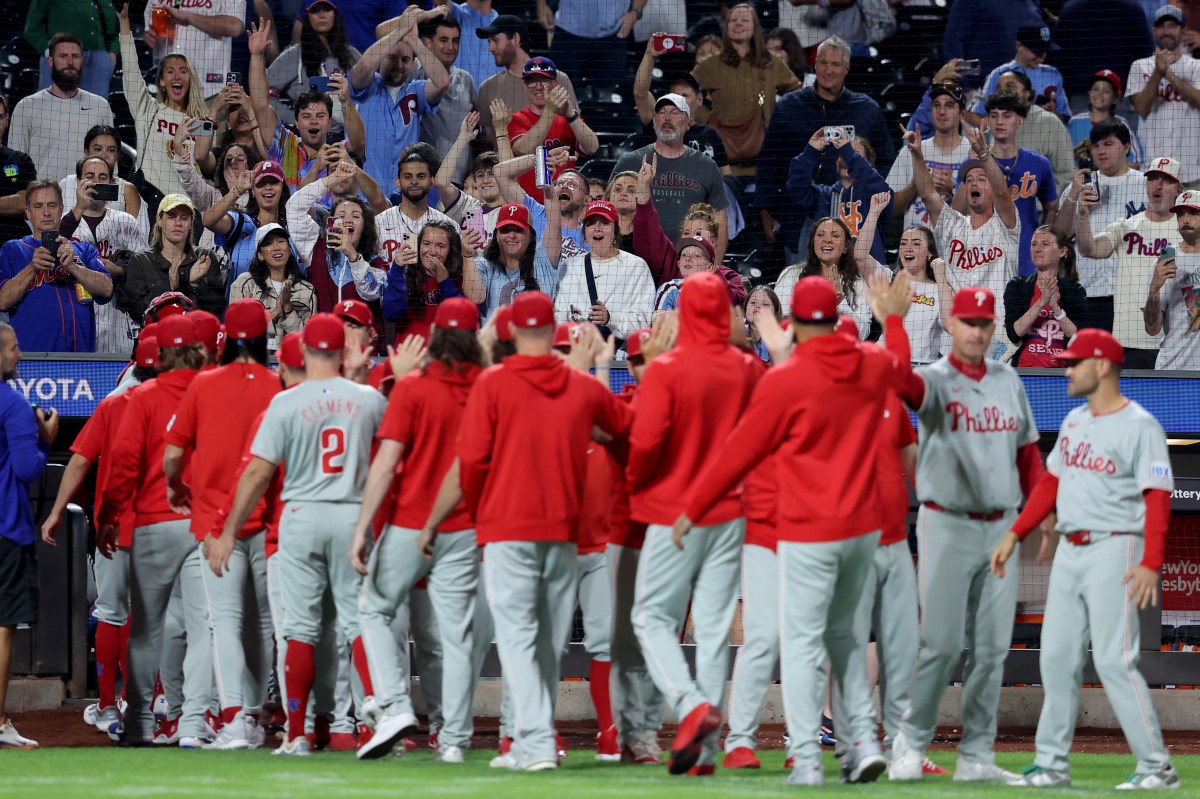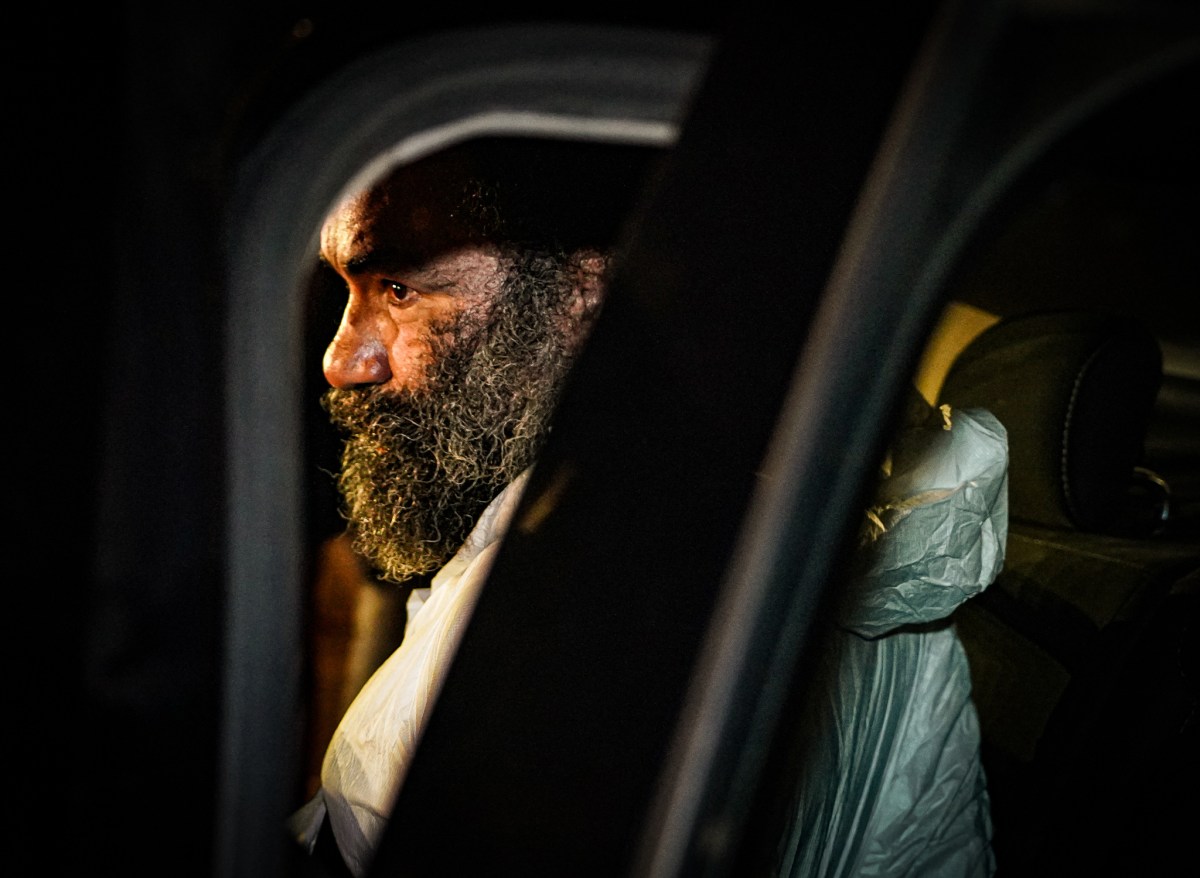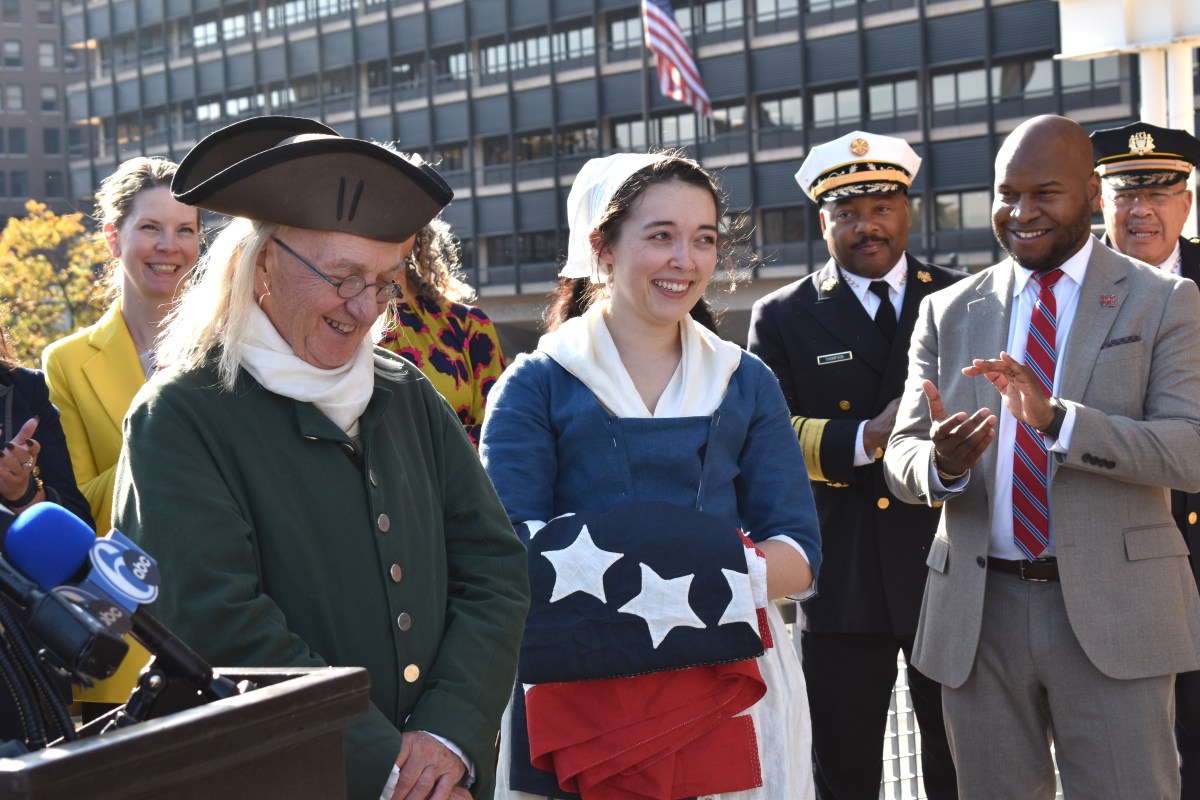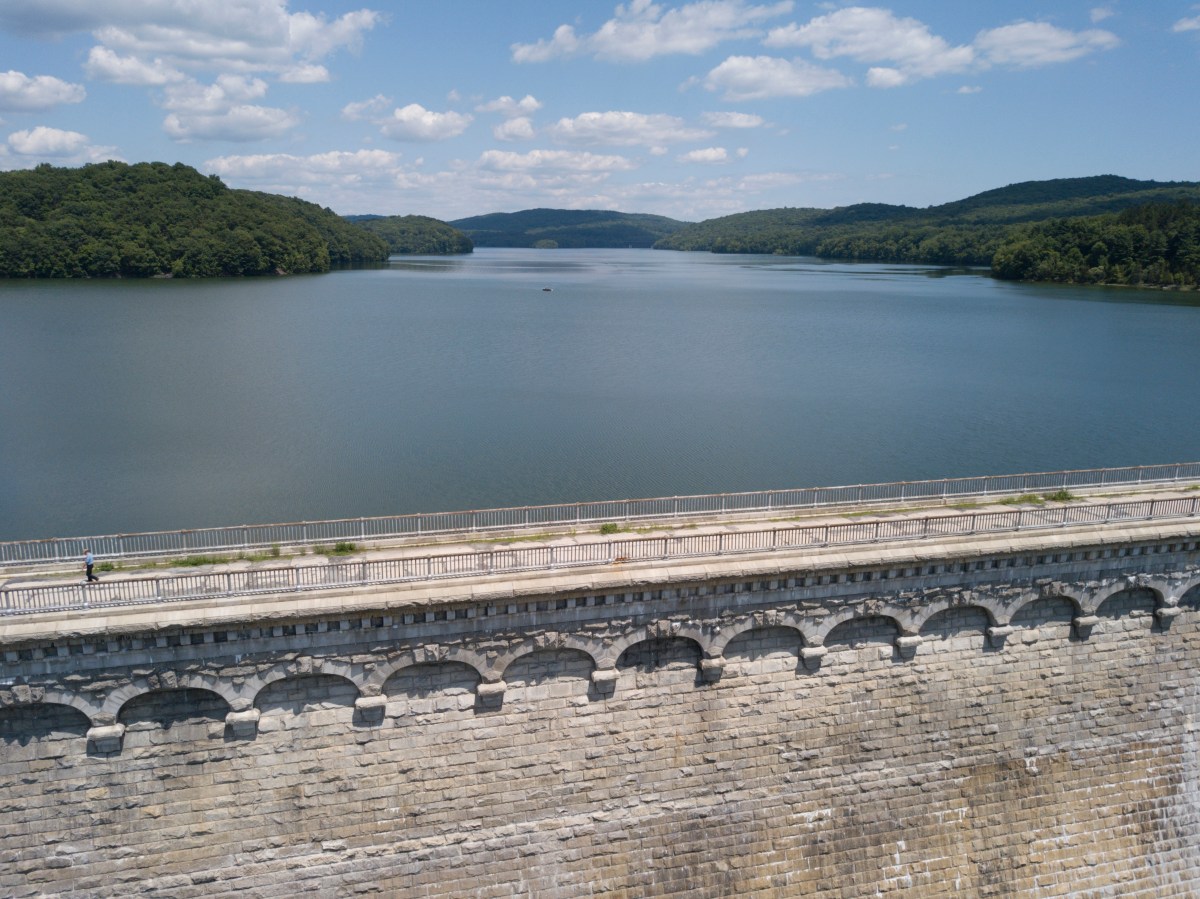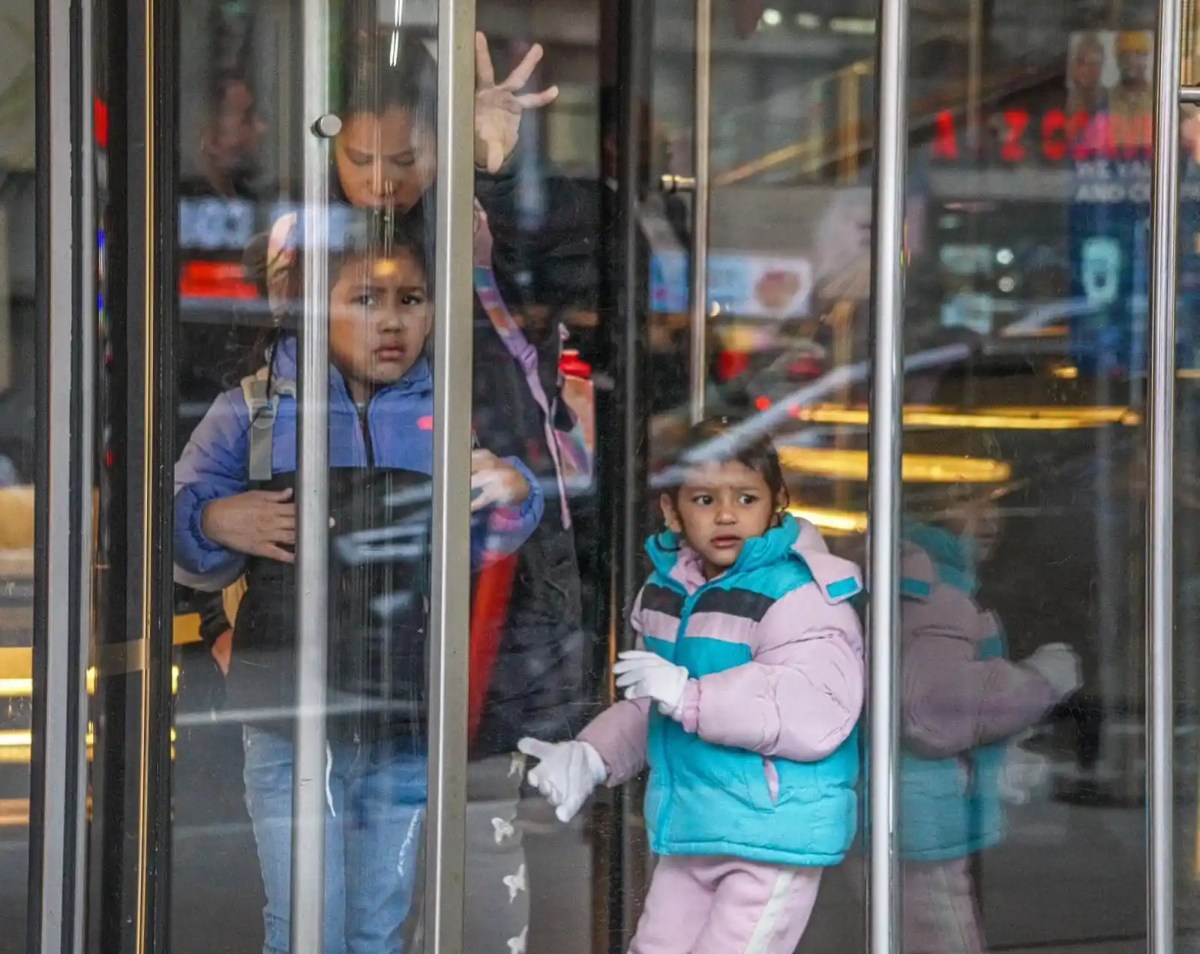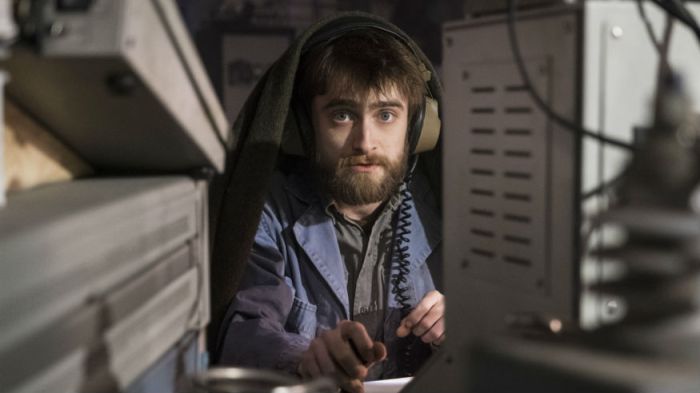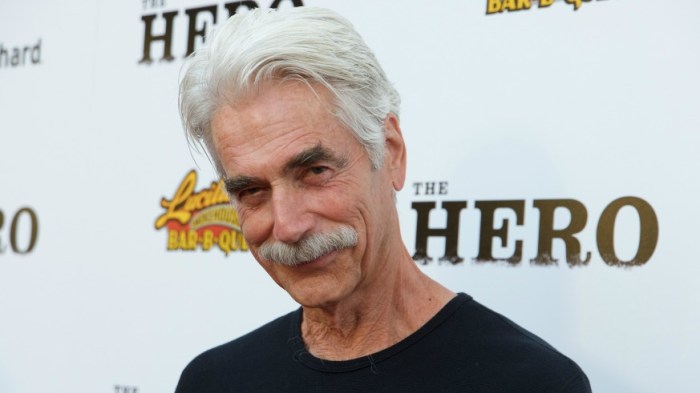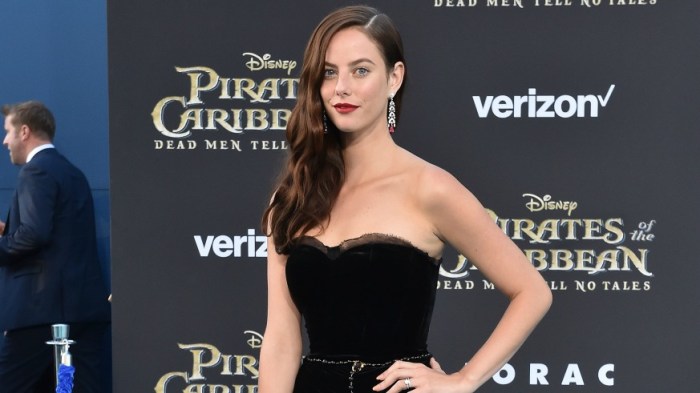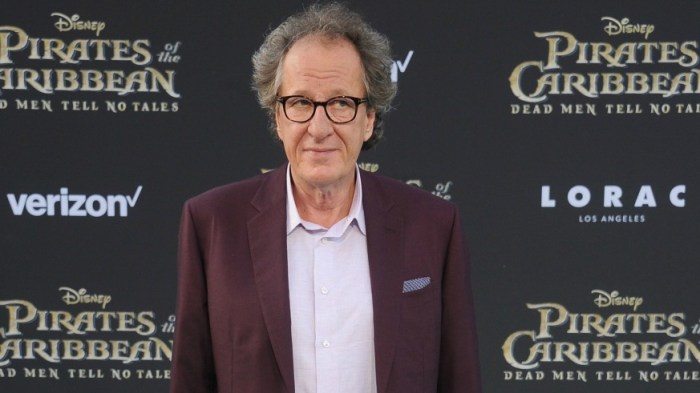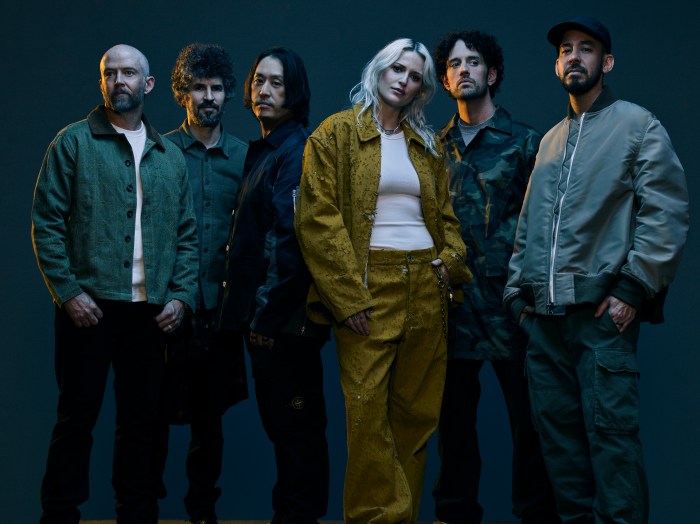The dark Swedish comedy “A Pigeon Sits on a Branch Reflecting on Existence” is a collection of hilarious, usually disconnected, deadpan episodes that laugh at death, loneliness, bureaucracy, the past and other miseries. And there’s more where that came from. It’s the latest from director Roy Andersson, who’s made two more films — 2000’s “Songs from the Second Floor” and 2009’s “You the Living” — in the same style, which tends to be a laborious process requiring great patience. (He’s also made hundreds of commercials, also in the same style, of which no less than Ingmar Bergman was a fan. You can find some of them on YouTube.) Andersson’s films mix the comic and the tragic, but in person he’s all warmth. This is your first film to digital. Did it change your approach much?
I’m happy that I changed to digital. It wasn’t that long ago when I worked analogue. But now I can’t understand how that was possible. It was like the Stone Age. [Laughs] It’s such fantastic quality, digital, nowadays. The resolution is fantastic. And it’s good to have, when you shoot, a monitor beside you, so you can see what you get. Earlier in my career I had to watch the acting then wait for the next day to get a result from the lab. So you win time. Does digital allow you to improvise at all while you’re shooting?
I don’t improvise very much. I plan, very exactly. I want to have precision. Digital helps me get that precision. I want to reach simplicity, and simplicity doesn’t happen unless it’s exact.
How do you plan the shots?
By making paintings, so the team can see what my thoughts are. I make sketches for everything. Then I test the scenery and the actors. I test 10 different actors for each situation — at least 10. I even test the position of the cameras, looking at the distance to the walls, distance to the furniture. And then the lighting. I want the lighting to be so that you don’t notice it’s lighting in a movie. It should be what I call “lighting without mercy.” The actors are illuminated all the time. There are no shadows to hide in. RELATED: Our review of Roy Andersson’s “A Pigeon Sat on a Branch Reflecting on Existence” How long does it take you, on average, to complete a shot?
I’d say around one month for one scene. That’s building [the set], rehearsing, shooting and destroying [the set].
How many takes do you tend to do, especially considering the digital switch?
On average around 30 takes, but sometimes 90 takes, and sometimes only 15. It depends. For example, the scene with King Charles XII, that was difficult, with all the horses. But I think we only did five takes. The owner of the horses wouldn’t let us do more, because the horses were nervous and thrilled. Was that the hardest shot in the film?
Yes.
What about the hardest one in all your films? That might have been the hardest among them all. Although it could be the scene from “Songs from the Second Floor” where they’re sacrificing a girl. That was very hard, with all the audience around. Do you think your next film will be in a different style than the last three you’ve made? I ask because you actually made two films in the ’70s, “A Swedish Love Story” and “Giliap,” which were very different from the last three films you’ve made. I can never go back to that style. It’s impossible. But yes, I will try to develop [this style] a little bit more — make it more dynamic, more wild. I’m not sure if I should keep the fixed camera or not. But I will change the makeup a little. Next time I will have less whiteness in the [actors’] faces. With the digital technique, there is a risk that you can see the makeup more. You’ve said paintings are a major inspiration for your work, and your films do look like living paintings, in a sense. Were there any paintings that particularly inspired “Pigeon”?
I was inspired by a period in German painting history: the New Objectivity from the ’30s. There were two painters in particular: one is Otto Dix and the other is George Grosz. It was after the first World War they were very disillusioned about existence. They painted a lot about their experiences during the war. The paintings are always clear, with very deep focus. I will never abandon that deep focus precision. There are a couple scenes in this film that go far darker than the others, including one close to the end. It upsets the tone in a very interesting way.
With risk of being regarded as a little cynical, I must confess I wanted to be a little subversive. The audience should not feel safe; they should feel a little unsafe all the time.
Other times, though, you’re laughing at everything from death to mundane things, like worrying which day of the week it is.
There’s realism, there’s naturalism, there’s symbolism, there’s nihilism. I would call my style “trivialism.” It’s about trivial situations and sometimes trivial descriptions of very heavy stuff, like death. Death is one of the only assurances in life. The only thing one can do is laugh at it.
I think we are all of us a little respectful of death. That’s why it’s good to joke about it a little. We need to joke about serious things.
Follow Matt Prigge on Twitter @mattprigge
Director Roy Andersson says we’re too respectful of death
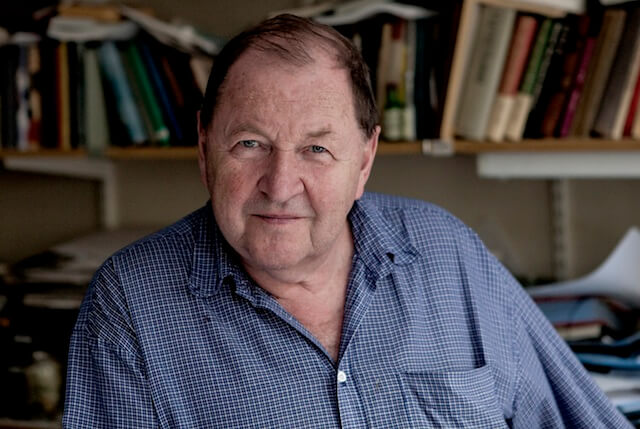
Magnolia Pictures









